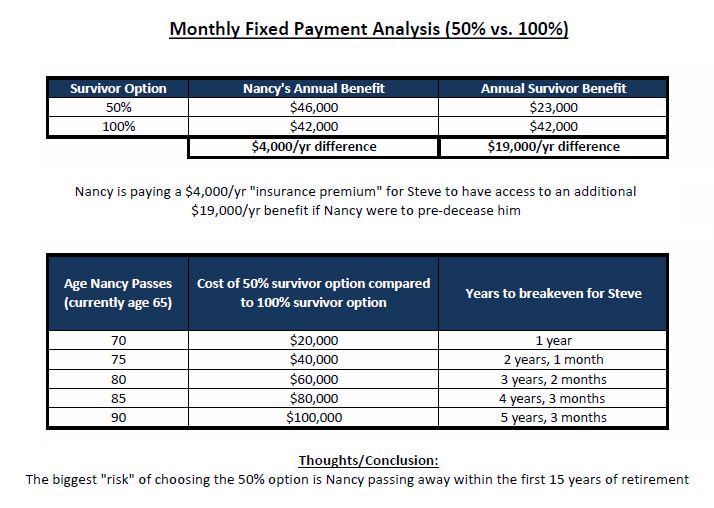WEBINAR IN REVIEW: SAFE, or Success After Financial Exploitation
Contributed by: Emily Moore
SAFE is a program created by Dr. Peter Lichtenberg, Ph.D., which is being run by LaToya Hall, MSW, of Wayne State University’s Institute of Gerontology. SAFE was developed to educate seniors on how to protect themselves from fraud and scams, AND how to pick up the pieces after financial exploitation.
During our recent webinar with LaToya, we learned the basics about financial exploitation targeted to seniors:
What to look for.
How to protect yourself and your loved ones.
What you can do if you have ever been a victim.
The main goals of SAFE:
Free education offered to seniors through presentations.
Helping seniors take control of their financial health through an educational four-part financial series.
Provide one-on-one services to older adults who have been a victim of scams, helping them to get back on their feet.
Key points to take away from the webinar are some common scams and what criminals specifically look for in targeting older adults.
Criminals look for seniors because they tend to be more vulnerable. They look for people who are typically lonely and socially isolated. They’re also looking for people who have a regular income (such as receiving Social Security), and older adults who are typically more trusting and polite.
Many of the common scams are successful because they represent organizations considered to be legitimate: Social Security, Medicare and the IRS. A lot of these are done over the phone or by e-mail. It’s important to remember never to give any information over the phone to an incoming caller or respond to an e-mail requesting your personal information.
Another phone scam is called spoofing, where a person calls the senior but looks like they are calling from another number deemed safe (caller ID might identify them as person’s doctor, bank, etc.), so always make sure to double check on a statement. The safest most effective thing to do is to hang up and call the number you have in your records.
These are only a few of the many scams and tactics LaToya goes over in the “Success after Financial Exploitation (SAFE)” Webinar. To learn more and get information along with the free SAFE services listed above, contact LaToya Hall, SAFE Program Coordinator, at L.hall@wayne.edu or 313-664-2608.
Emily Moore is a Client Service Administrator at Center for Financial Planning, Inc.®
Raymond James is not affiliated with and does not endorse the opinions or services of SAFE, LaToya Hall, or Dr. Peter Lichtenberg.
















